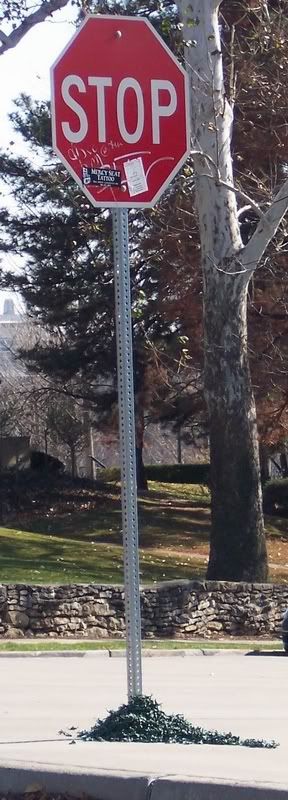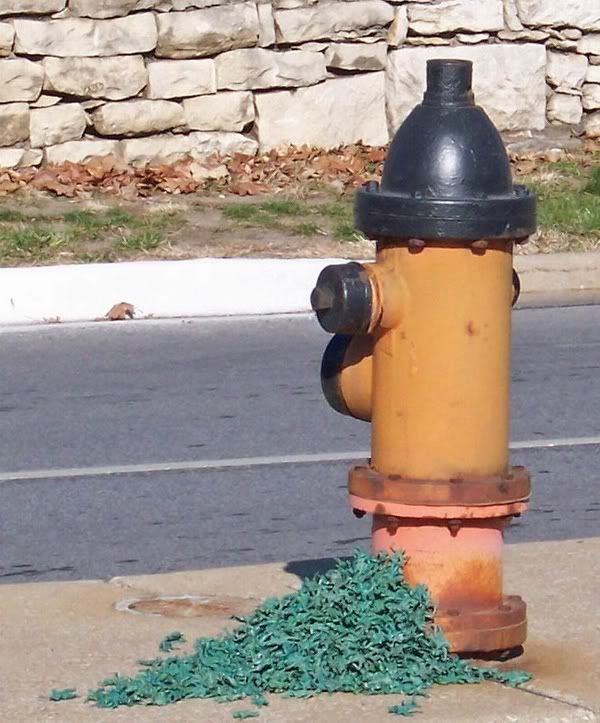Q:So where does the
Deployer draw a line and decide how many plastic toy soldier bodies are enough?
 A:
A:For some reason one body never seems to make much of an impact. One can sometimes be enough, but then nobody really sees one body anyway. So the scale can make a great significance for observers to take notice. A few hundred in a pile will receive some attention because in these piles they are more noticeable and intimate due to scale. A few thousand and the piles began to look overwhelming but nothing is ever personal or on that personal level where a person can relate or associate one's own relationship to the pile or individual toy soldier unless one interacts or responds to the deployment.

The piles and their relation to other objects become unique dialogs between the plastic toy soldiers and their new unexplored culture. In some instances it is obvious that the plastic toy soldiers are being kicked around, which is expected. However, the piles that stay up and not shift or change position almost baffle me. It's as if they are placed in a spot that is either difficult to get to, or they are on the path that nobody bothers traveling because it is littered with too many obstacles.

What makes the drop zones more exciting is the interaction between people of different age groups and people from cultures outside of the United States. The read of the work becomes more about where the drop zone is and what the pile's relationship to the space is.

This drop zone seemed to last forever in Kansas City over by the Nelson Atkins Museum. I would not be surprised if the pile was still in the same place but it has been a few months since the this spot was installed.
 A:For some reason one body never seems to make much of an impact. One can sometimes be enough, but then nobody really sees one body anyway. So the scale can make a great significance for observers to take notice. A few hundred in a pile will receive some attention because in these piles they are more noticeable and intimate due to scale. A few thousand and the piles began to look overwhelming but nothing is ever personal or on that personal level where a person can relate or associate one's own relationship to the pile or individual toy soldier unless one interacts or responds to the deployment.
A:For some reason one body never seems to make much of an impact. One can sometimes be enough, but then nobody really sees one body anyway. So the scale can make a great significance for observers to take notice. A few hundred in a pile will receive some attention because in these piles they are more noticeable and intimate due to scale. A few thousand and the piles began to look overwhelming but nothing is ever personal or on that personal level where a person can relate or associate one's own relationship to the pile or individual toy soldier unless one interacts or responds to the deployment. The piles and their relation to other objects become unique dialogs between the plastic toy soldiers and their new unexplored culture. In some instances it is obvious that the plastic toy soldiers are being kicked around, which is expected. However, the piles that stay up and not shift or change position almost baffle me. It's as if they are placed in a spot that is either difficult to get to, or they are on the path that nobody bothers traveling because it is littered with too many obstacles.
The piles and their relation to other objects become unique dialogs between the plastic toy soldiers and their new unexplored culture. In some instances it is obvious that the plastic toy soldiers are being kicked around, which is expected. However, the piles that stay up and not shift or change position almost baffle me. It's as if they are placed in a spot that is either difficult to get to, or they are on the path that nobody bothers traveling because it is littered with too many obstacles. What makes the drop zones more exciting is the interaction between people of different age groups and people from cultures outside of the United States. The read of the work becomes more about where the drop zone is and what the pile's relationship to the space is.
What makes the drop zones more exciting is the interaction between people of different age groups and people from cultures outside of the United States. The read of the work becomes more about where the drop zone is and what the pile's relationship to the space is. This drop zone seemed to last forever in Kansas City over by the Nelson Atkins Museum. I would not be surprised if the pile was still in the same place but it has been a few months since the this spot was installed.
This drop zone seemed to last forever in Kansas City over by the Nelson Atkins Museum. I would not be surprised if the pile was still in the same place but it has been a few months since the this spot was installed.
1 comment:
I think you're doing a great civil and art action! Keep on droppin'! Ciao!
Fabio
Post a Comment